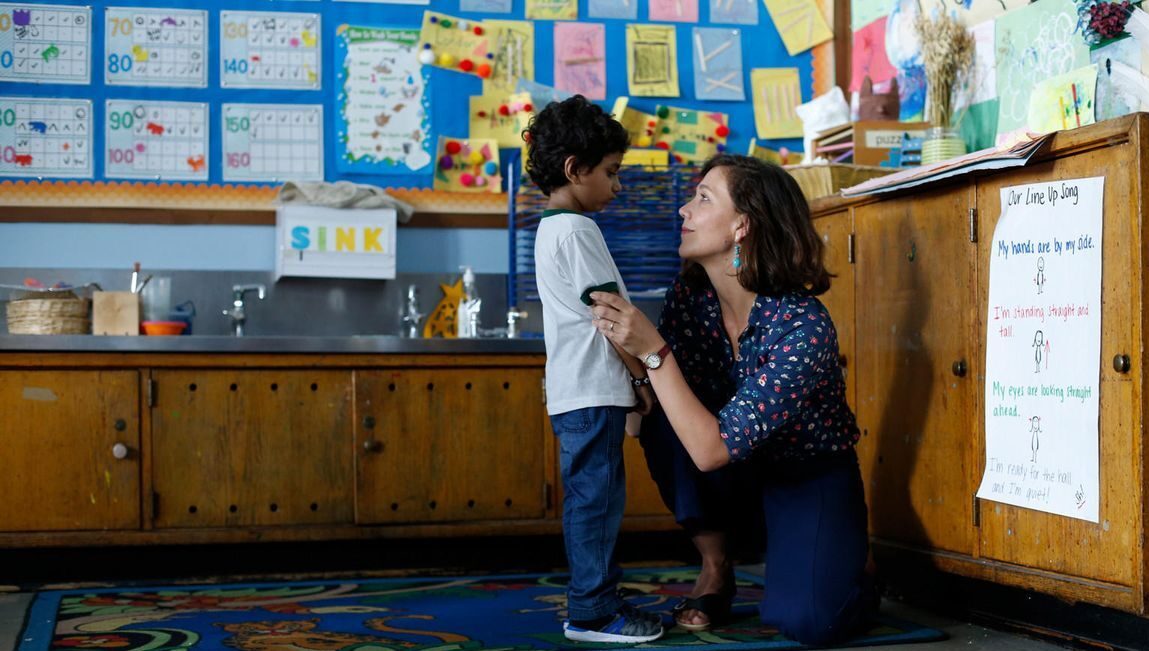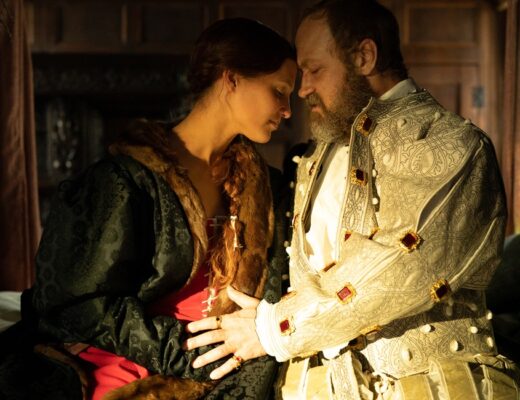There is No Evil is frequently, starkly poignant, but it’s successes are somewhat mitigated by a lack of culminating cohesion.
Mohammad Rasoulof wasn’t present at last year’s award ceremony honoring There Is No Evil with Berlinale’s highest prize The Golden Bear. For the press conference, his daughter Baran had to lift her phone aloft before the crowd to show the video feed of her father streaming from Iran to give his remarks. His absence was a stark reminder that not even international acclaim can entirely shield one from the lasso of an authoritarian state. Rasoulof was originally arrested alongside fellow Golden Bear winner Jafar Panahi in 2010 on charges of filming without a permit, which carried a disproportionate six-year prison sentence and a 20-year filmmaking ban for “disseminating propaganda against the regime.” Both directors have since continued to make and release award-winning films despite the ban, but Rasoulof currently finds himself under house arrest after having had his passport revoked and with the threat of a now reduced one-year term in jail hovering overhead. In the stark conditions of this unsettled limbo, he filmed There Is No Evil, a four-part anthology film that navigates the moral burden placed on those who are forced to carry out executions on behalf of the state.
Before these legal troubles, Rasoulof had made waves with The White Meadows, a shattering allegory of a man sailing from islands encrusted in salt, collecting the tears of their inhabitants in a mysterious ceremony. As we learn more about the islanders’ traditions, the sumptuous imagery unveils blunt parallels to the brutal indignities of life in modern-day Iran. Since his arrest, Rasoulof’s filmmaking has shifted from the allegorical toward a more confrontational social realism addressing corruption and political repression head-on, and sharper reflections of his struggle can be found in the films that followed, such as Goodbye, Manuscripts Don’t Burn, and A Man of Integrity. There Is No Evil continues in this vein, with a clear-eyed approach that reorients the conversation to the state’s willing and unwilling executioners. Rasoulof does more than merely humanize here; rather, he conducts a study of how state violence victimizes everyone it touches — including its direct agents — and the resultant pain that explodes outwards and plunges across generational divides.
While each chapter tells a different story, there is a sense of movement throughout the whole, shifting perspectives and ideas as it goes. The first is perhaps the simplest expression of what Hannah Arendt termed the “banality of evil,” showing an executioner off-duty, taking his mother-in-law’s blood pressure, running errands with his wife, teaching his daughter, and rescuing a neighborhood cat. Rasoulof’s gaze is captured in the ambivalent crispness of the digital image, and only here, in a conclusion buttressed by the familial affection that precedes it, do we bear witness to an actual moment of violence. This scene comes as a shock, captured with the same tonal indifference as the rest of the piece, as the push of the button releases hanging bodies into frame. They dangle in the single static shot, set to the sound of tightening rope until the moment of still death, followed by a final indignity as muscles slacken and a stream of urine cascades down. The rawness of this brief scene imprints itself upon the moral quandaries of the chapters that follow, in which the actual act of execution is only alluded to and never again so starkly depicted.
The second chapter takes us into the guards’ quarters of a prison, where a soldier serving his mandatory military service finds himself unwilling to carry out an execution. In the third, we meet another soldier who struggles to reconcile the consequences of having followed through on similar orders. The final chapter — perhaps the most personal to Rasoulof, including as it does a performance from his daughter — examines the long-term consequences of resisting authority. There are sparkling moments throughout: an ecstatic needle drop that releases the anxiety of a tense prison break into the soaring chorus of Italian protest anthem “Bella ciao,” the painterly compositions and lush colors that mark the Garden of Eden-like countryside of the story that follows, and the heartbreak of the final chapter, so abstracted from the violence that precedes it, and which acutely captures the immense scope of pain carried across decades.
Yet, despite these moments of affecting poignancy, the relative success of the individual pieces, and the subtle interplays between them, the film lacks a sense of cohesive culmination. Instead, we are left alone to pull at the quiet throughlines and yoke the project together into a satisfying whole. Speaking with Film Comment’s Amir Ganjavie, Rasoulof explained that the anthology structure was governed by the practical concerns of its surreptitious filming: “it was a solution to get around the censorship system and the restrictions…when you have fewer days than usual for shooting, there are fewer dangers involved in secretly making your film.” These limitations, unfortunately, can stifle the storytelling in their respective sections, as the pieces are filled with complex characters that never quite have the time to develop and breathe, a frustrating quality for a film that is two and a half hours long. That said, Rasoulof guides the film with a sobering sense of poetics rather than didacticism, and those intrigued by a multifaceted snapshot of the costs of state violence and the challenges of righteous resistance will doubtlessly find a way to get to its heart.







